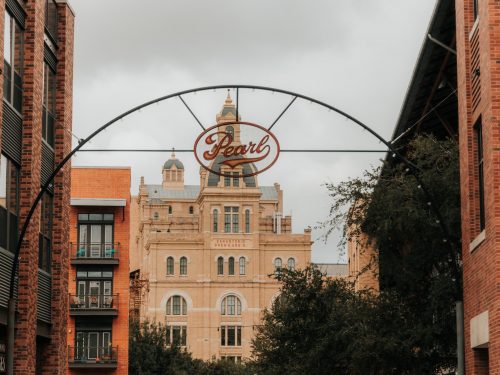 How To Visit the Pearl in San Antonio: A Travel Guide
How To Visit the Pearl in San Antonio: A Travel Guide
North from the Alamo and along the San Antonio River, the Pearl is humming from the dawn of the day to the rise…
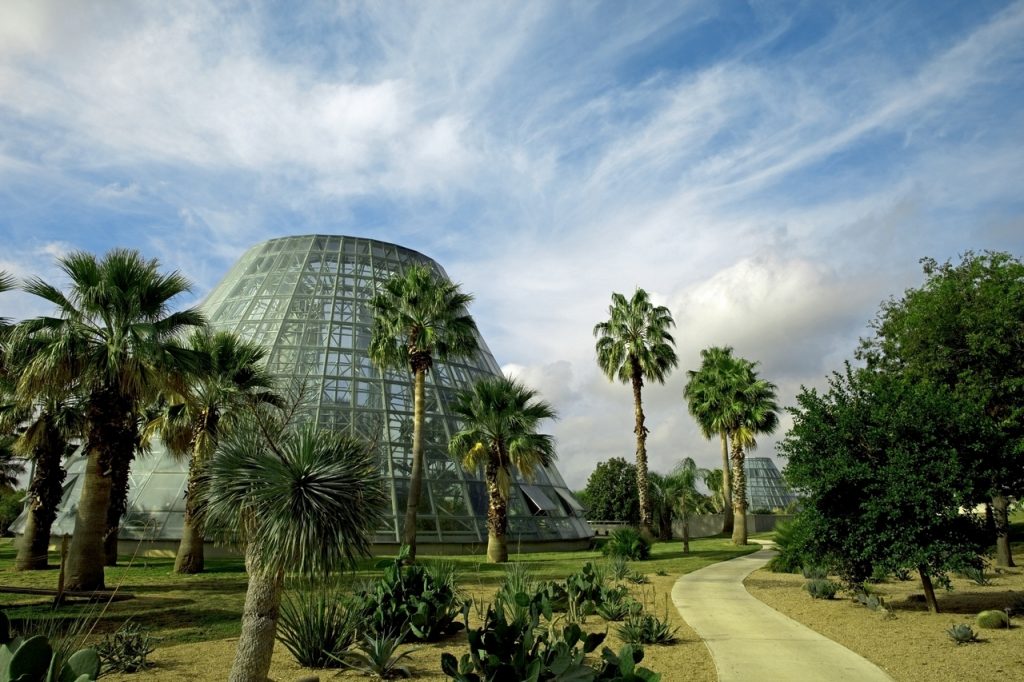
The San Antonio Botanical Garden is a 38-acre urban oasis that combines a feeling of zen with a community space where kids can play and learn about plants and everyone else can just soak up the beauty of the South Texas scenery.
The varied terrain inside the garden includes formal gardens, native Texas vegetation, walking trails, a climate-controlled conservatory with plant species from around the world, an authentic Japanese garden gifted by San Antonio’s sister city, Kumamoto, a family adventure garden, and more.
The San Antonio Botanical Garden first opened in 1980, the passion project of two local civic influencers that was 40 years in the making before opening. It has expanded since then, adding a culinary garden, outdoor kitchen, a family garden, and more.
There’s so much to explore at the garden that you could easily while away a few hours in this San Antonio paradise. Here are a few places I recommend visiting, especially if you’re going for the first time.
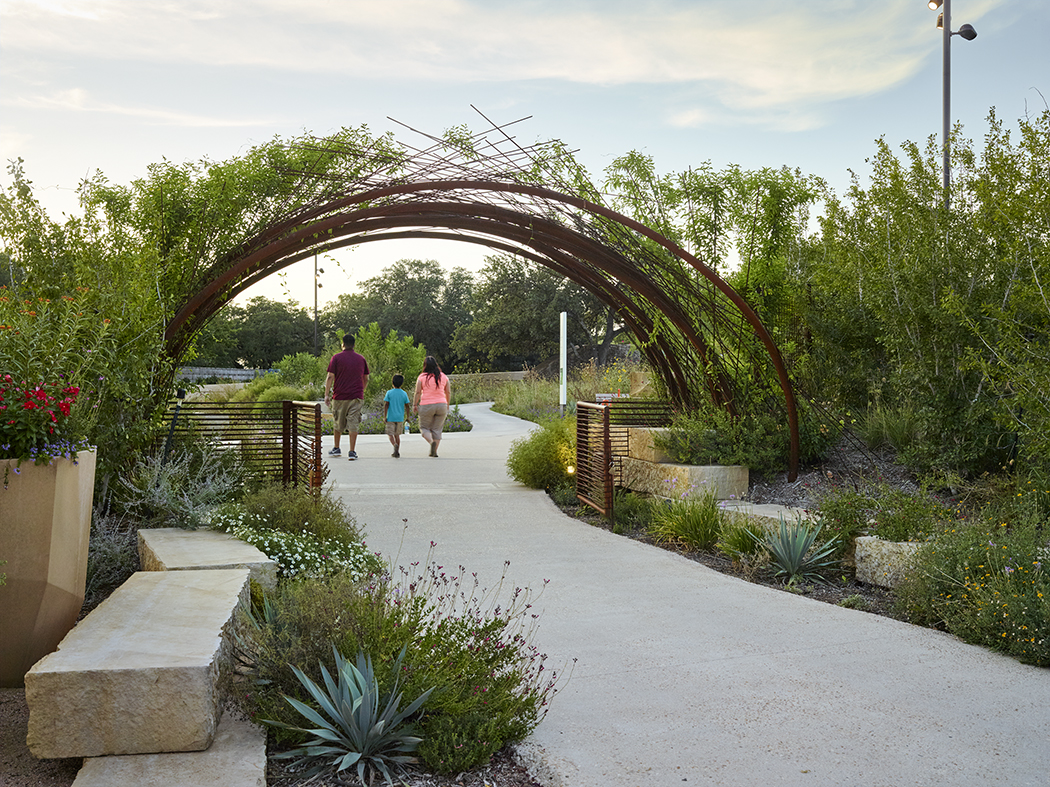
As the name suggests, this is your introduction and welcome to the gardens. You will see the gift shop in this area, which you’ll probably want to explore on your way out. Take a few minutes to see large in-color garden maps on the wall and displays with information about the plant life in the garden. If you haven’t planned your time in the garden, this is a good time and spot to do that.
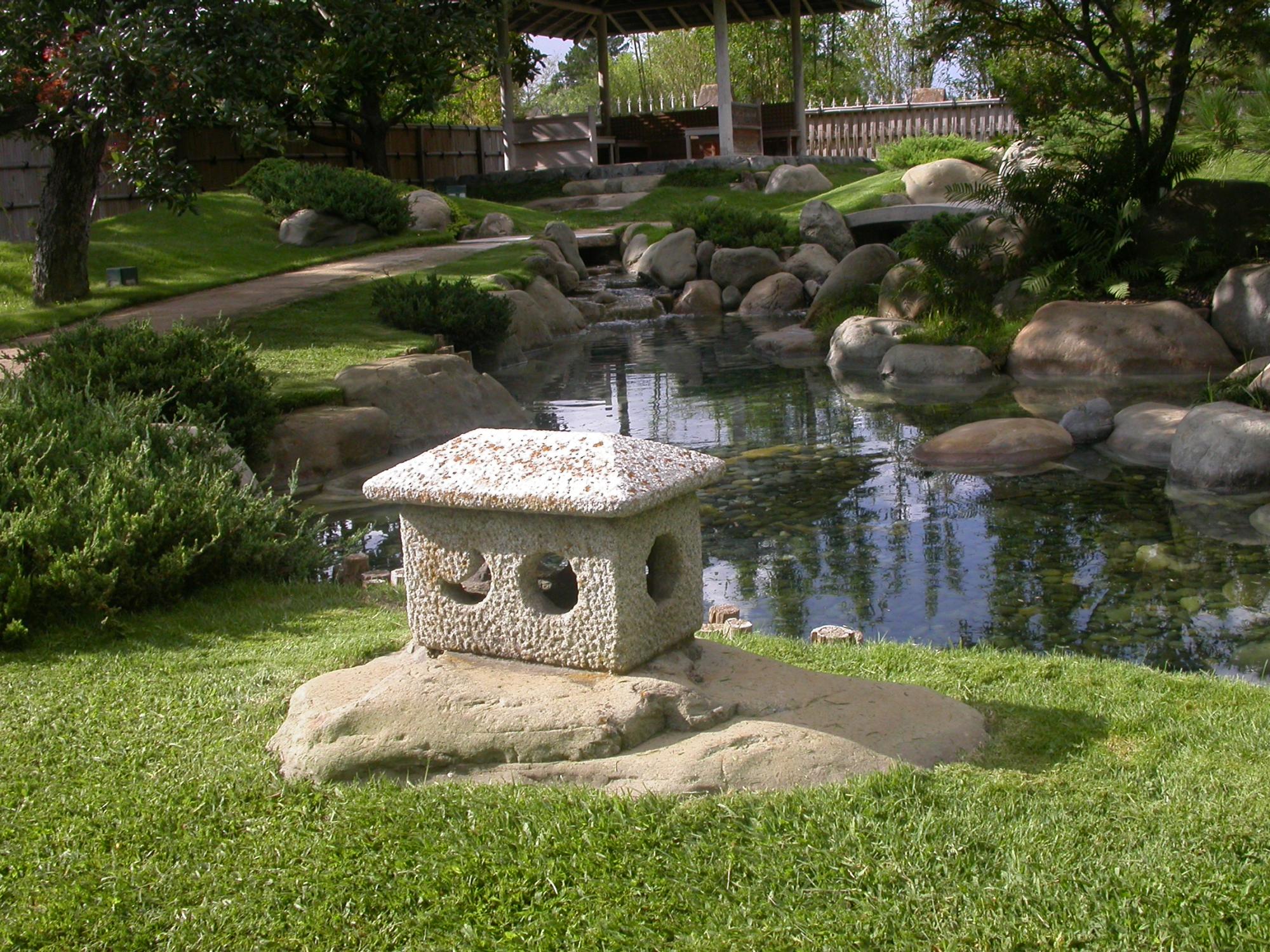
Kumamoto Japan is San Antonio’s sister city. En means “garden” in Japanese, and this tranquil space is a gift to San Antonio from Kumamoto, designed by landscape artists from Japan. You’ll find stone pathways, bamboo fences, and a pond symbolizing the Pacific Ocean.
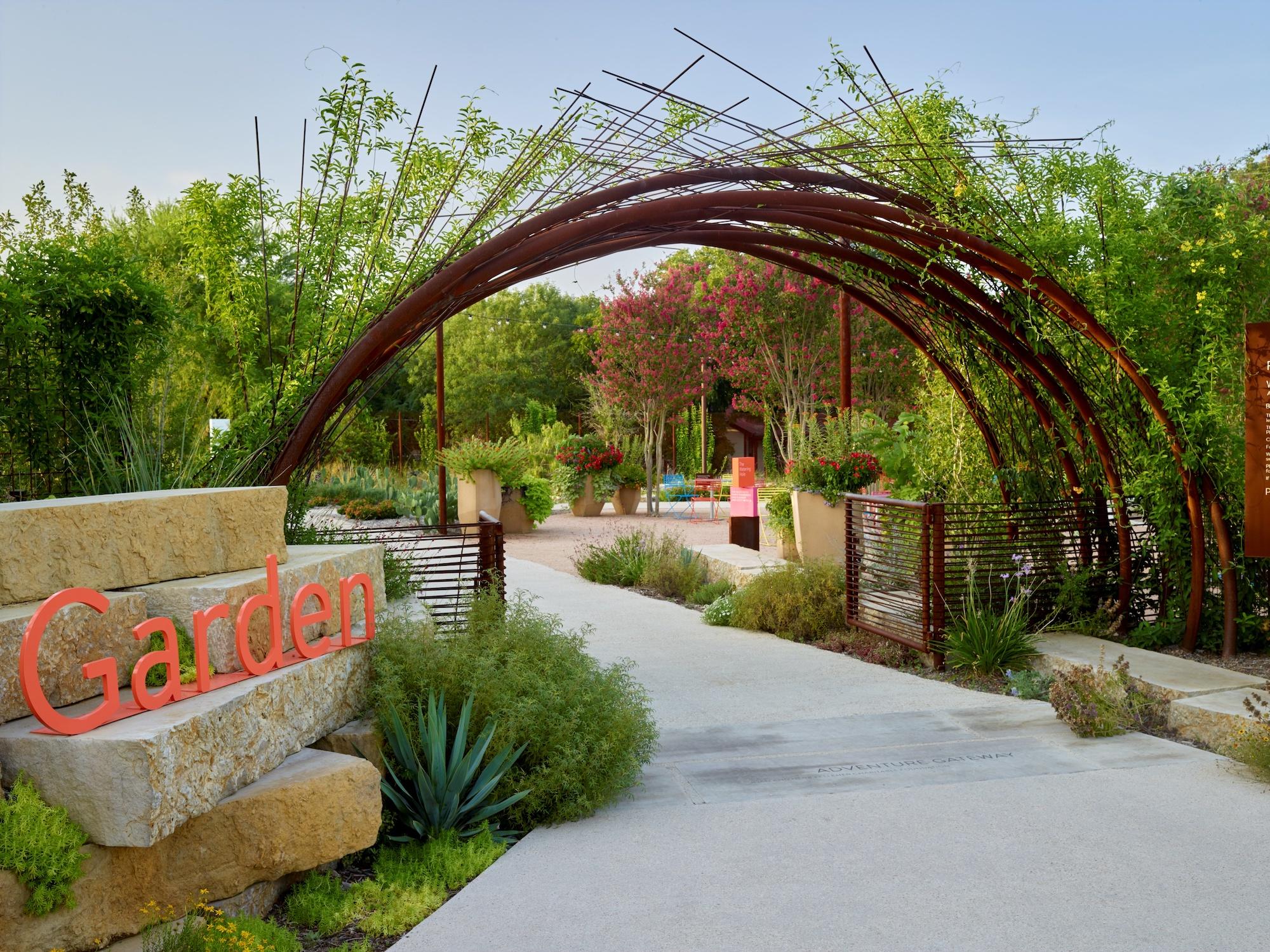
If you’re visiting with kids, you’ll want to carve out plenty of time to play in this fun and interactive space.
There’s a creek to splash in, play structures that fuel all types of imaginative fun, and lots of room for kids to run around. The garden is self-contained, making it an excellent place for young explorers to burn off energy without disturbing the other visitors who seek a more peaceful garden experience.
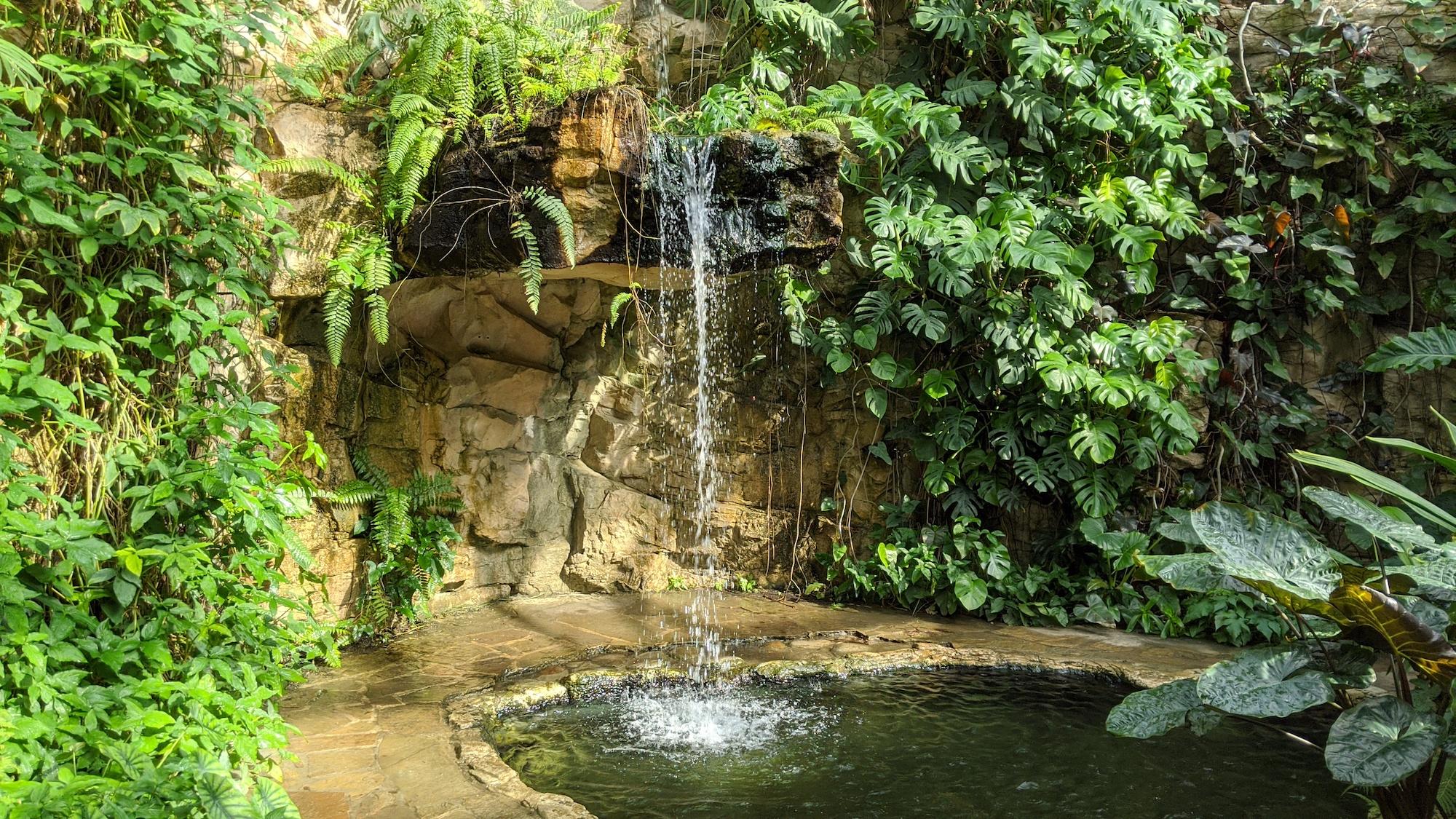
The Lucile Halsell Conservatory is a complex containing five enclosed conservatories:
The fern grotto also has an indoor waterfall that makes a perfect photo spot.
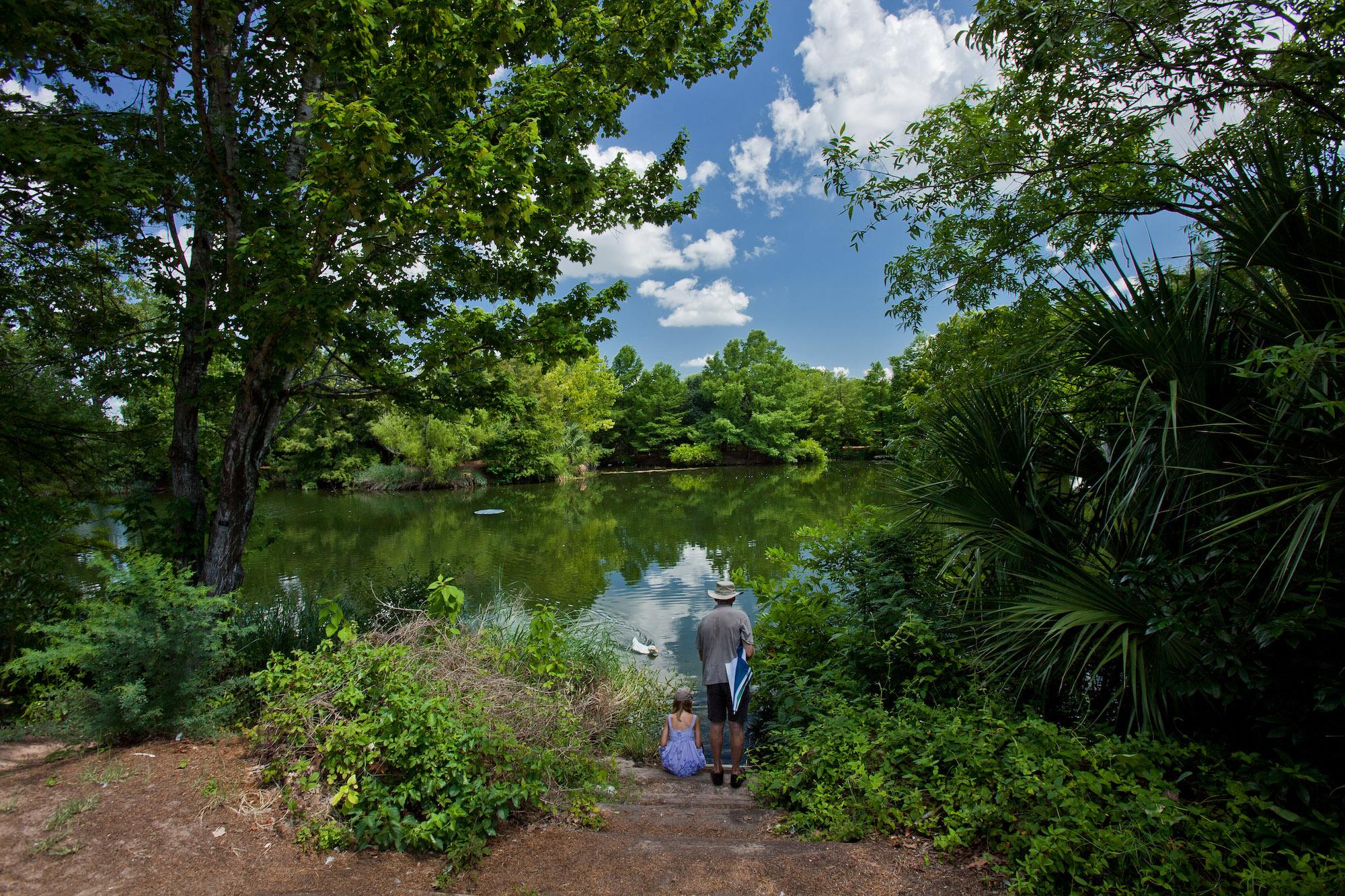
The Texas Native Trail take visitors to the garden on a journey through Texas’s diverse landscapes and ecosystems. While the saying “Everything is big in Texas” might earn you an eye roll from the locals, the size of the state is an important point when learning about native vegetation. The East Texas Pineywoods section includes a homestead with a cabin, smokehouse, garden plot, and a one-acre lake.
Local tip: The gift shop often sells small packets of turtle food so guests can feed the turtles that reside in the lake.
The Texas Hill Country section of the trail is filled with mountain laurel, live oak trees, juniper, Blanco crabapple, and other plants that thrive in the limestone which dominates the landscape of that region. You’ll also find a meadow with native grasses and wildflowers and two buildings from the 1800s that have been relocated to the garden.
Meanwhile, the South Texas Plains area is the best spot in the garden for birdwatching. You’ll find a spot at the end of the cactus and mesquite trail where birds feast on native plants supplemented by fruits provided by the garden.
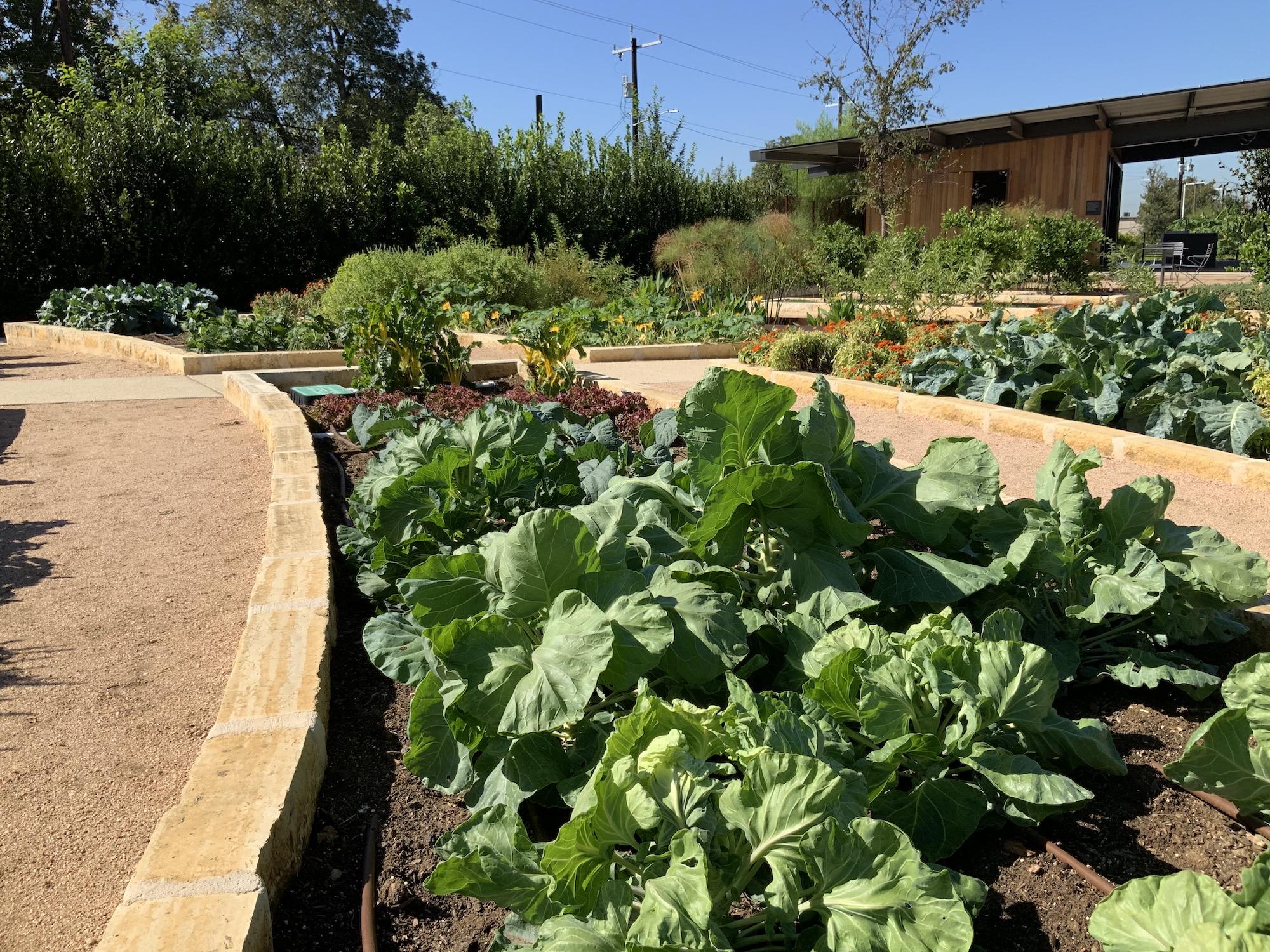
The Zachry Foundation Culinary Garden grows fresh vegetables, herbs, and fruits year-round, fostering a garden-to-table concept that teaches visitors how good food is grown. The bounty is used in teaching programs at the garden and also donated to local community food banks.
Check the garden’s calendar for a list of hands-on classes using produce from the kitchen garden.
The oldest section of the San Antonio Botanical Garden features everything from roses to succulents in stairstep brick beds. The plants rotate seasonally, so you’ll always find something in bloom.
Jardín is located right inside the garden at the historic Daniel J. Sullivan Carriage House, originally built in 1896. This is no ordinary botanical garden concession stand but a carefully crafted dining experience curated by local chef Jason Dady.
Jardín serves lunch and dinner, and brunch on Saturdays and Sundays. The menu includes delights such as house-made edamame falafel, a lamb burger, focaccia pizza, pasta dishes, and much more. Weekend brunch features many of the same dishes on the lunch and dinner menus, with the addition of soft scrambled eggs with feta and a garden frittata.
If you’d like to dine at Jardín, I highly recommend reservations in advance.
If you opt not to eat at Jardín, there are a ton of choices for delicious food in the nearby neighborhoods. Here are two I love for casual dining:
If you want to try San Antonio’s iconic coffee job chain, Jim’s, their 4200 Broadway location is just up the street from the San Antonio Botanical Garden. Jim’s serves diner-style food, including breakfast all day. Their Canadian Cheese soup has been a San Antonio favorite for generations.
The Historic Pearl is about five minutes from the San Antonio Botanical Garden. Several restaurant choices await you here, including the Food Hall at the Bottling Department, perfect for groups who can’t agree on what kind of food they want. Larder inside the Hotel Emma is also a solid choice for a quick bite.
The garden is beautiful, and I’d argue there’s no bad time to visit, but there might be better times to visit.
Weekday visits mean lighter crowds, so avoid the weekend if you’d like a little more room to yourself.
If you’re visiting April through August, plan your visit as early in the day as you can. Although there are plenty of shady spots at the San Antonio Botanical Garden, mid-summer Texas heat can be uncomfortable, especially if you’re not used to it, and the cooler — relative term in South Texas — mornings are more pleasant for outdoor exploring.
You can also plan your visit around garden activities. Check the website before your visit to see if there are any special events or exhibits happening that you might want to plan for. For example, Lightscape is their annual holiday event, a nighttime display featuring a mile-long path glowing with over a million lights and installations from around the globe.
The San Antonio Botanical Garden is six miles from downtown San Antonio, about a 15-minute drive. The route is not pedestrian-friendly, and you have to cross a major highway to get from one point to the next, so plan to take transportation with wheels.
On-site parking is free but very limited. The San Antonio Botanical Garden encourages guests to use public transportation, such as the VIA bus system or ride-share service, especially on weekends and holidays.
Visiting the garden does cost a little more on the weekends.
Regular admission is $16 Monday through Thursday and $18 Friday through Sunday. Children ages 3-13 pay $13 and $15 respectively.
The San Antonio Botanical Garden is also on the San Antonio CityPASS. CityPASS lets visitors select four San Antonio attractions from a list of seven so it can be a great deal if you plan to visit multiple top attractions on the same trip.
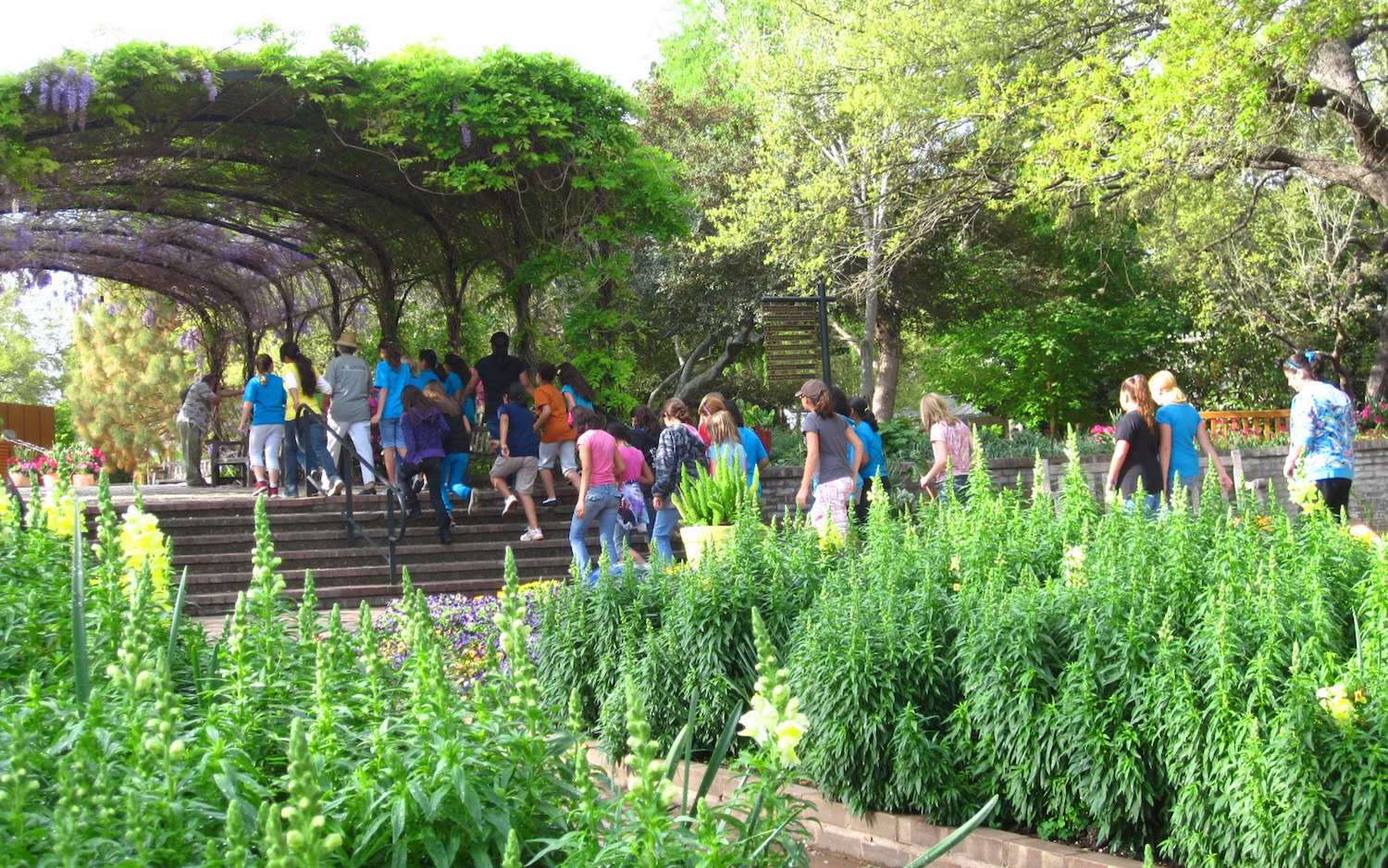
Guided tours are available at the garden and last 60-90 minutes. The tour times are preset and have various themes, such as family walks, wearable botanicals, and fairytales with a twist.
There are also a variety of classes for both kids and adults, including culinary classes.
See the garden’s calendar for more information on tours and classes.
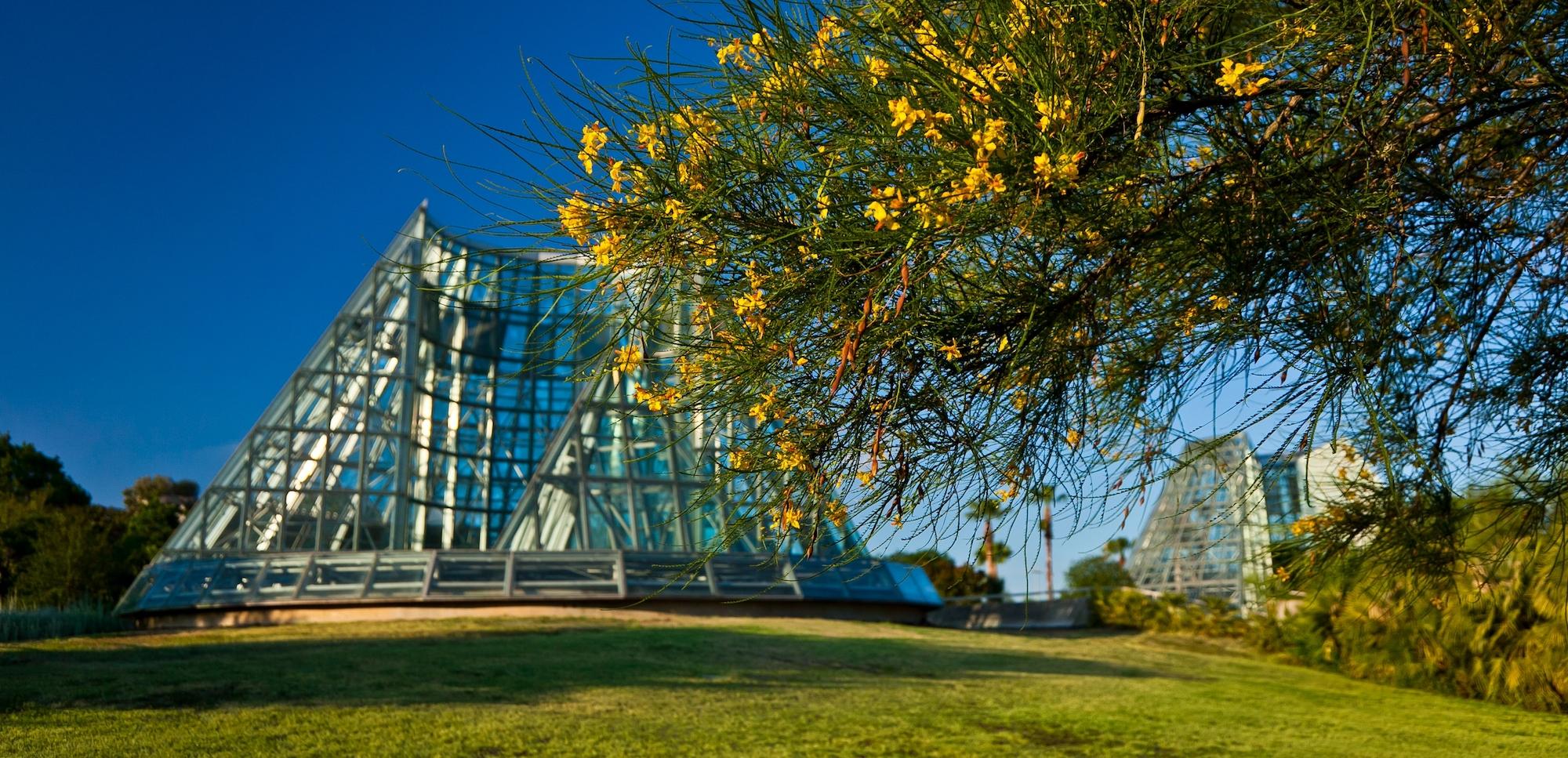
The San Antonio Botanical Garden is one of San Antonio’s most popular tourist attractions, but it’s also well-loved by the locals. Their commitment to education through fresh and seasonal programming makes this lush, inviting venue a treat to visit time and again.
Looking for more to do in San Antonio? Dive into San Antonio’s culinary scene and explore the Pearl district. Once a brewery, today’s Historic Pearl is home to a swanky hotel, outdoor spaces for gathering, shops, and delicious food.
 How To Visit the Pearl in San Antonio: A Travel Guide
How To Visit the Pearl in San Antonio: A Travel Guide
North from the Alamo and along the San Antonio River, the Pearl is humming from the dawn of the day to the rise…
 A Texas Feast With ExperienceFirst: 6 Tastiest Food Tours
A Texas Feast With ExperienceFirst: 6 Tastiest Food Tours
From hearty BBQ to authentic Tex-Mex, Texas has something to offer every foodie out there. One of the best ways to explore the…
 How San Antonio Missions Changed the History of South Texas
How San Antonio Missions Changed the History of South Texas
Have you heard of the San Antonio Missions? No, I’m not talking about the Minor League Baseball Team based out of San Antonio.…